
views
Cleaning Silver Coins
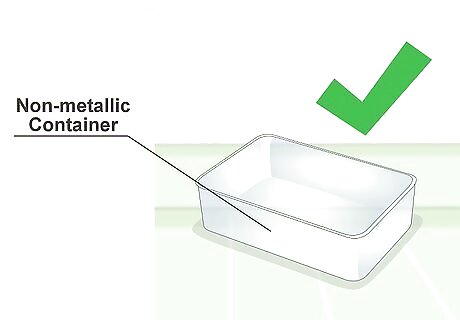
Choose a non-metallic container. It should be more than large enough to hold the coins you want to clean. Keep in mind you’ll also need to pour water into this container so choose your container appropriately.

Place a sheet of aluminum foil at the bottom of your container. Unroll a sheet of aluminum just large enough to cover the bottom of your container and cut to size. Don’t worry if you have to fold up the corners of the foil for it to fit in your container.
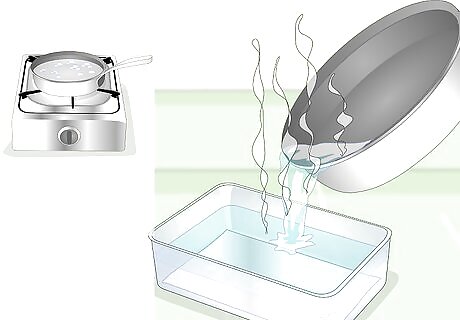
Boil water and pour it into the container. Pour water into a saucepan and bring it to a boil on a stovetop. Pour it into your non metallic container until it’s a few inches from the top. You may want to wear gloves or oven mitts in case the water splashes.
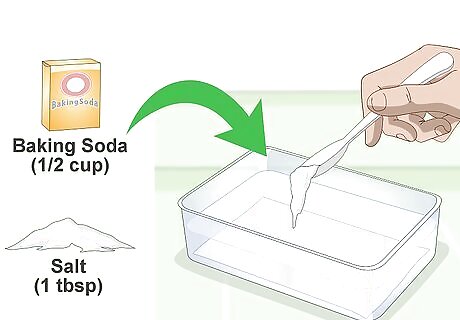
Add salt and baking soda to the container. Measure half a cup (170g) of baking soda and one tablespoon (14g) of salt. Add them both to the water. Use a stirring stick to help the two substances dissolve in the water.
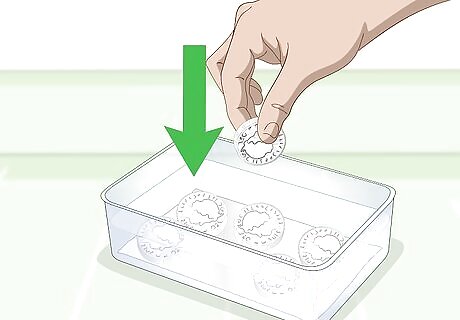
Drop the coins into the solution. Be careful not to drop the coins too quickly, as this could cause the water to splash and burn you. Make sure the coins are placed on the foil in a single layer. If necessary, you can use a toothpick or a knife to nudge them so they don’t stack. You’ll see the baking soda start to react with the aluminum foil, stripping any tarnish the coins may have accumulated.

Remove the coins from the solution. It’s best to use tongs to remove the coins as they may be quite warm. Place them on a soft cloth and allow them to cool.

Scrub any remaining grime with water and baking soda. If the coins are still dirty after their dip in hot water, you may need to give them a good scrub. Run the tap, keeping the water warm but not too hot. Take a pinch of baking soda, rubbing it onto the coin under the tap. The baking soda will mix with the water, creating a paste that makes for an efficient, non-abrasive cleaner. You can use an old toothbrush to help scrub the grime from the coin.
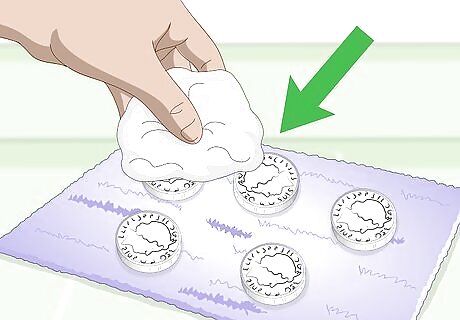
Dry the coins. Make sure the coins are rinsed thoroughly, clean of any grime or baking soda. Turn off the tap and use a dry cloth to scrub the coins dry.
Melting the Coins Down
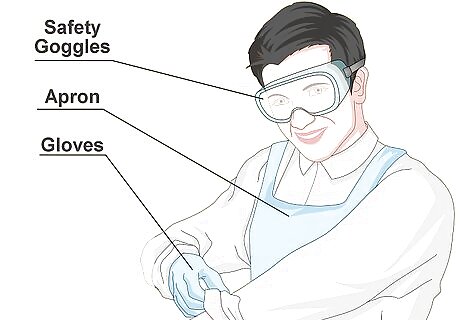
Wear the right safety gear. At the very least, you should wear safety goggles to prevent heat or debris from harming your eyes. Consider wearing an apron and gloves to protect yourself as well.
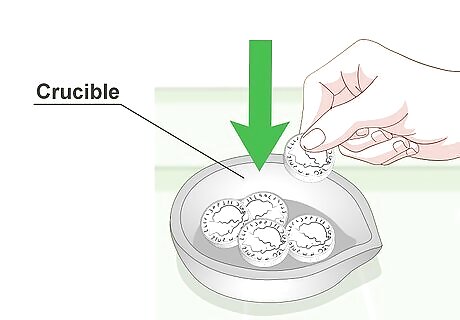
Place the coins in a crucible. Crucibles are typically made of fire clay, and can withstand temperatures that would melt metal. Try to lay the coins down in a single layer. It will take more time for heat to travel to coins laying at the bottom of a pile. Make sure you use tongs to hold the crucible, don’t try to hold it with your hands. If you don’t have access to a crucible, you can place the coins on a brick. Be aware that because it’s a flat surface, the melted silver won’t be as easy to pour if you need to do so.
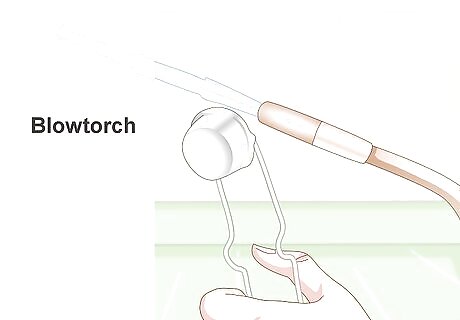
Light a blowtorch. Some blowtorches have a self-starting system with a trigger; for these, simply press the trigger to light the torch. Just make sure you’ve turned the knob to give the torch some gas. Other torches are manual and need a striker to start. For these torches, turn the knob to let the gas flow, then place the striker near the mouth of the torch. Squeeze the striker to create a spark. If the torch doesn’t light, squeeze the striker until it does.
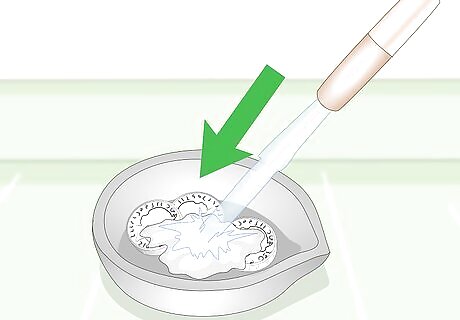
Hold the flame on the silver coins. Make sure to pass the flame over the coins evenly. Keep in mind it will take several minutes of heating for the coins to start melting. You’ll notice any inscriptions or markings on the coin will melt first. Then, the coins will start glowing bright red before finally melting.
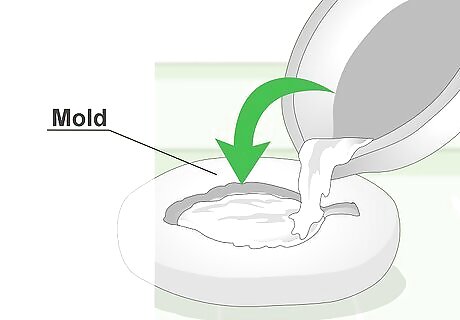
Mold the molten silver. Whether you’re molding it into a specific shape or a bar, make sure to keep your mold close by. Pour quickly so the silver doesn’t have a chance to solidify. Pour evenly to prevent the silver from splashing. Alternatively, you let the silver cool in your crucible or on your brick. It will solidify into a nugget that you can keep, store and melt down later. Try to avoid touching or prodding the silver until it’s completely cooled.


















Comments
0 comment